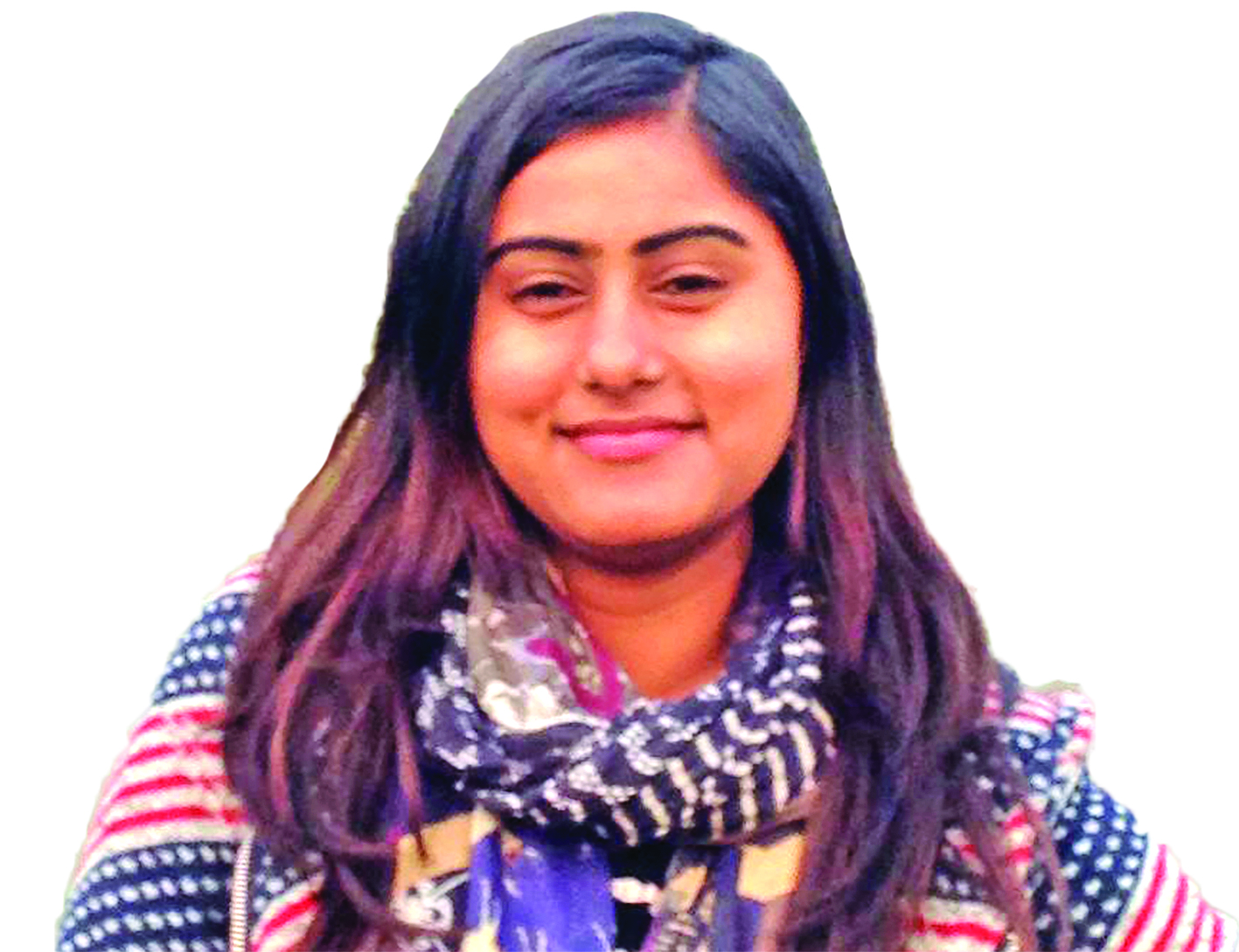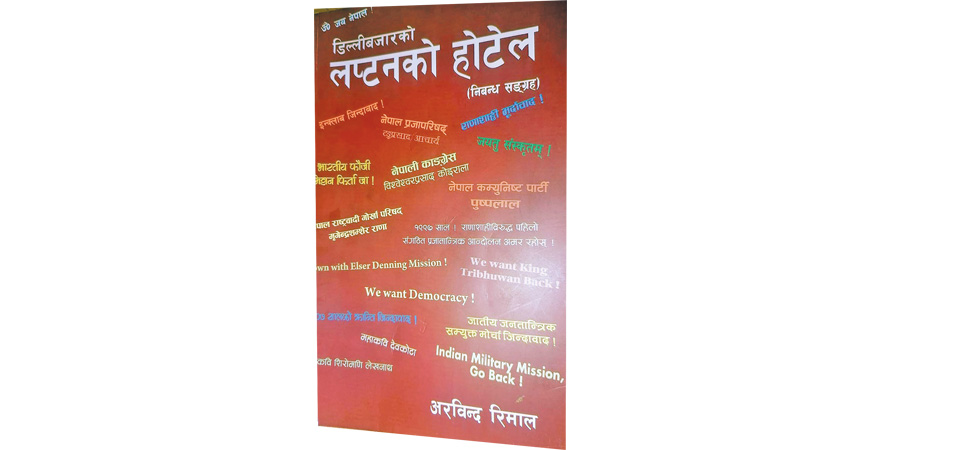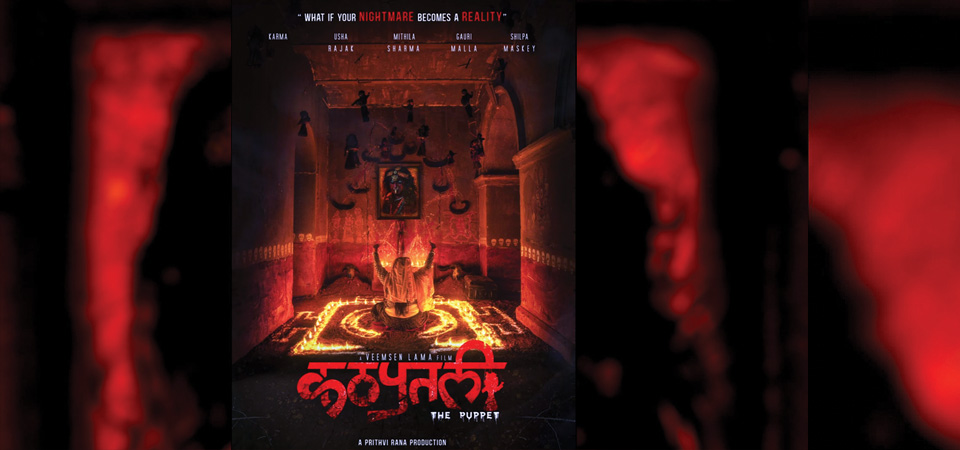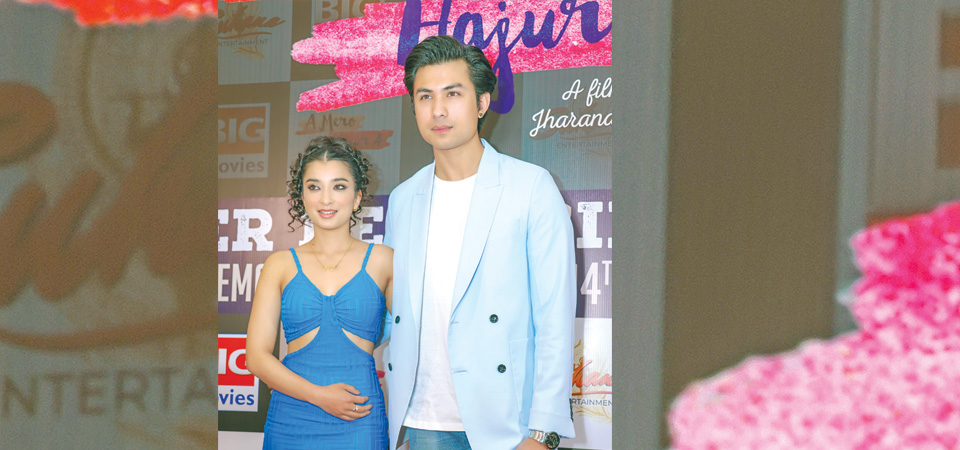‘Krodh Kala’ Of Kalu Kumale
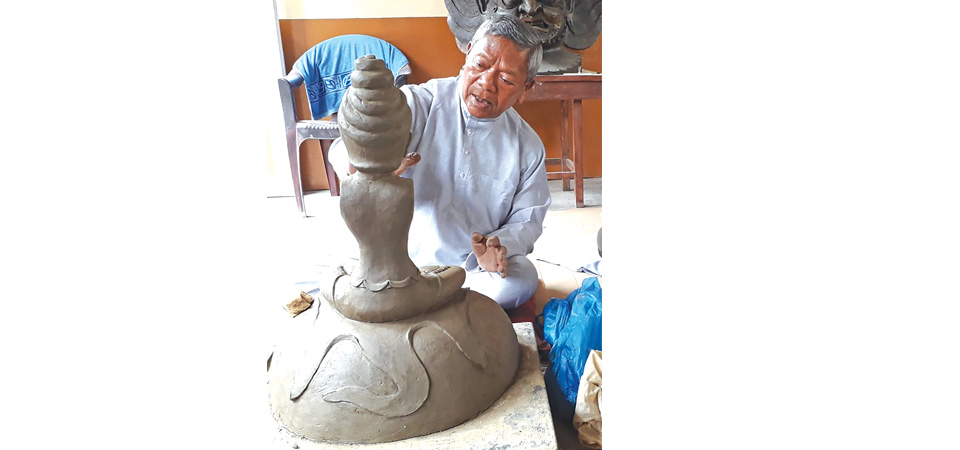
Renuka Dhakal
The sculpture is a presentation of art and sometimes it can be a symbol of spiritual experience, and one that expresses the essence of life as a visual medium.
In a crowd of sculptors, especially those making idols of wrathful deities, sculptor Kalu Kumale stands as a strong pillar of Nepali art.
Known as Krodh Kala Shiromani or the master of wrathful sculpture, Kalu Kumale (Dachha Prajapati Thaku) is a meritorious veteran sculptor, who is famous for making idols of gods with wrathful countenances.
One of the most celebrated artists in the country, Kumble has dedicated his skills to making traditional sculptures for over six and half decades continuously. His products, mostly gods and deities, have faces that are full of anger.
Celebrated Artist
The sculptures made by Kumale have found their places in the world-famous museum of the UK, Victoria and Albert Museum, Medical Museum based in the capital of Lhasa in Tibet and various other famous monastery, museums and temples in many countries.
At 89, Kumale is making the country proud through his skilful art. His passion, which is no less than that of today's young generation of people, has made him and his art famous around the world.
“I cannot live a day without working on sculptures and my life is completely immersed in making idols,” said Kumale.
Kumale grew up watching his father making pottery. He used to entice looking at the work of his father and gradually, he also started making clay birds and toys. He remembered that when he was young, he used to make birds and different other creations by using clay.
He said that one of his relatives knew his art skills and asked him to repair the destroyed idols.
In return he provides money. In this way, Kumale realised that making idols will provide money which is needed for the survival of his family.
Artist Kumale was born on June 9, 1993 in Thapathiti, Okubahal, Patan, Lalitpur to Sanu Kumale and Gyani Thaku.
Of the many children of his parents, only he and his sister survived, so artist Kumale, who grew up with an abundance of love and care from his parents for being the youngest of all children, enjoyed turning the wheel, rolling the wheel and wandering with his friends, rather than working in the fields or for making earnings.
Due to poor financial conditions, Kalu Kumale could not study as much as he wanted.
Kumale's father Sanu Kumale's profession was to make pottery. In addition to farming, his father was busy with ‘Gutiyaar’ for one month of the year making pottery to be offered to deities such as Machhindranath, Anandadi Lokeshwar of Chobar and Basundhara Devi.
Kumale, who lived with his father at that time, used to watch the works of his father. Seeing his father's work and at his father's request, he initially practised making idols of animals and birds. Then he started showing his sculptures to Chirikaji Shakya, a well-known sculptor of his area at that time.
Due to the social norms of the time, he did not have the opportunity to learn with Chirikaji, so he used to sit outside and look at the idols made by Chirikaji.
Remembering the idols made there, he tried to make his idol at home.
Afterwards, many Tibetans left Lhasa for Nepal due to the war and brought with them many broken idols. The idols brought by the Tibetans were repaired by Kumale. At that time, he made a statue of Azima (Palden Lhamu).
Due to his continuous practice, he has made more than 600 idols so far.
His statues have reached more than 40 countries around the world, including Taiwan, Tibet, India and Malaysia.
Nepal is rich in traditional sculpture from time immemorial. Many of the idols that show anger and fear have been the creations of Kumale for decades. Anger is the form of wrath, impulse and rage. Where there is peace, there is anger and Kumale has made this proverb into reality by making anger and wrath hallmarks of his creations.
Gautama Buddha is considered a symbol of peace but Kumale has made many statues of Gautam Buddha in the form of wrath.
Kumale has sculpted various deities of Buddhism and Hinduism.
In Buddhism, fierce deities are considered to be enlightened beings who transform into wrath to defeat the evil and the negative elements of the cosmos and the human mind and protect the faithful by instilling terror in evil spirits.
In Hinduism, the form of Goddess Kali, Lord Shiva’s Rudra form, Lord Bishnu’s Narismha form represent the form of wrathful Gods.
When the demons terrorise the gods or virtue, then Gods would take the angry form and would destroy the demons. The wrathful God is both the destroyer and restorer, the great ascetic and symbol of sensuality, the generous shepherd of virtuous souls and the angry avenger of evil spirit.
Therefore, aggressive gods guard religion by fighting evil and establishing harmony and peace.
Although Kumale makes aggressive-looking idols of deities, he is very calm and decent in reality. He speaks little but his incomparable art explains everything about his excellence.
Describing Kumale’s artistic proficiency, his son, sculptor Rakesh Awale, said that his father was an adroit master of his art and that he could accurately describe the shape and size of the sculptor even from afar. Artist Awale is promoting his father’s work through Kalu Kumale Art and Handicrafts Organisation.
Kumale, who has established himself as an expert by making idols of enraged deities, has received dozens of awards, honours and appreciation, including the prestigious Prabal Gorkha Dakshin Bahu, Kordakala Shiromani by Sagarmatha Pratishthan Nepal, Araniko Ristirya Lalitkala Pragya Samman, the National Talent Award, Rastriya Nagarik Samman and honoured with various awards from many national and international organisations. His work was also highly appreciated by the Dalai Lama.
Enraged Deities
His idols have been on display at Swayambhu, Maitri Gumba, Kopan monastery, Himalayan Healing Centre, Sherpa Gumba, Pharping, Krishna Mandir, Shankhamul, Mahabaudhha, Sera Jey in Mysore, Gyuto Tantric University, Guru Dewa Rinpoche, Mongolia, Jantse Thasang Norling Gumba in South India and various monasteries in India and other countries.
Char Hate Bhairav idol of Balkumari temple, Barahi idol of Bhanwantari Barahi, Bajra in front of Mahabuddha temple of Patan, Ashtamatrika face of Bishnu Devi temple in Satungal, Radha and Rukmini in Krishna Mandir Shakhamul, Kaal Charka idol in Darjeeling are his few works of art.
Likewise, artistic sculptures of Kumale are found in abundance in the religious spheres, including the Kalo Mahakal of Bajrayogini and Samdeling Gumba.
Megswor, Jogini, Palden Lhamu, Kazupa Mahankal, Sera Tamdin, Kalo Mahankal, Seto Mahakal, Kukhkuli, Aryawalokeshwor, Chakrashambar, Gompo Chaksipa, Mahankal are some of the exceptional sculptures he has made.
He has exhibited his artworks in London, Singapore, Japan, Korea, China, India, Geneva and various places in Nepal.
“I will spend my life making sculptures," he said.
(Dhakal works at this daily and writes on entertainment and arts)
Recent News

Do not make expressions casting dout on election: EC
14 Apr, 2022
CM Bhatta says may New Year 2079 BS inspire positive thinking
14 Apr, 2022
Three new cases, 44 recoveries in 24 hours
14 Apr, 2022
689 climbers of 84 teams so far acquire permits for climbing various peaks this spring season
14 Apr, 2022
How the rising cost of living crisis is impacting Nepal
14 Apr, 2022
US military confirms an interstellar meteor collided with Earth
14 Apr, 2022
Valneva Covid vaccine approved for use in UK
14 Apr, 2022
Chair Prachanda highlights need of unity among Maoist, Communist forces
14 Apr, 2022
Ranbir Kapoor and Alia Bhatt: Bollywood toasts star couple on wedding
14 Apr, 2022
President Bhandari confers decorations (Photo Feature)
14 Apr, 2022
